A year ago I visited a small part of the cities of the Mosel valley and wrote some articles on the theme “Vacation on the Mosel River Valley” (Trier, Cochem, Eltz Castle) and were so delighted by the gorgeous landscapes with vineyards and medieval castles, so this year we decided to go back and explore the riverside towns and villages and follow some of the hiking trails that this wonderful area has to offer.
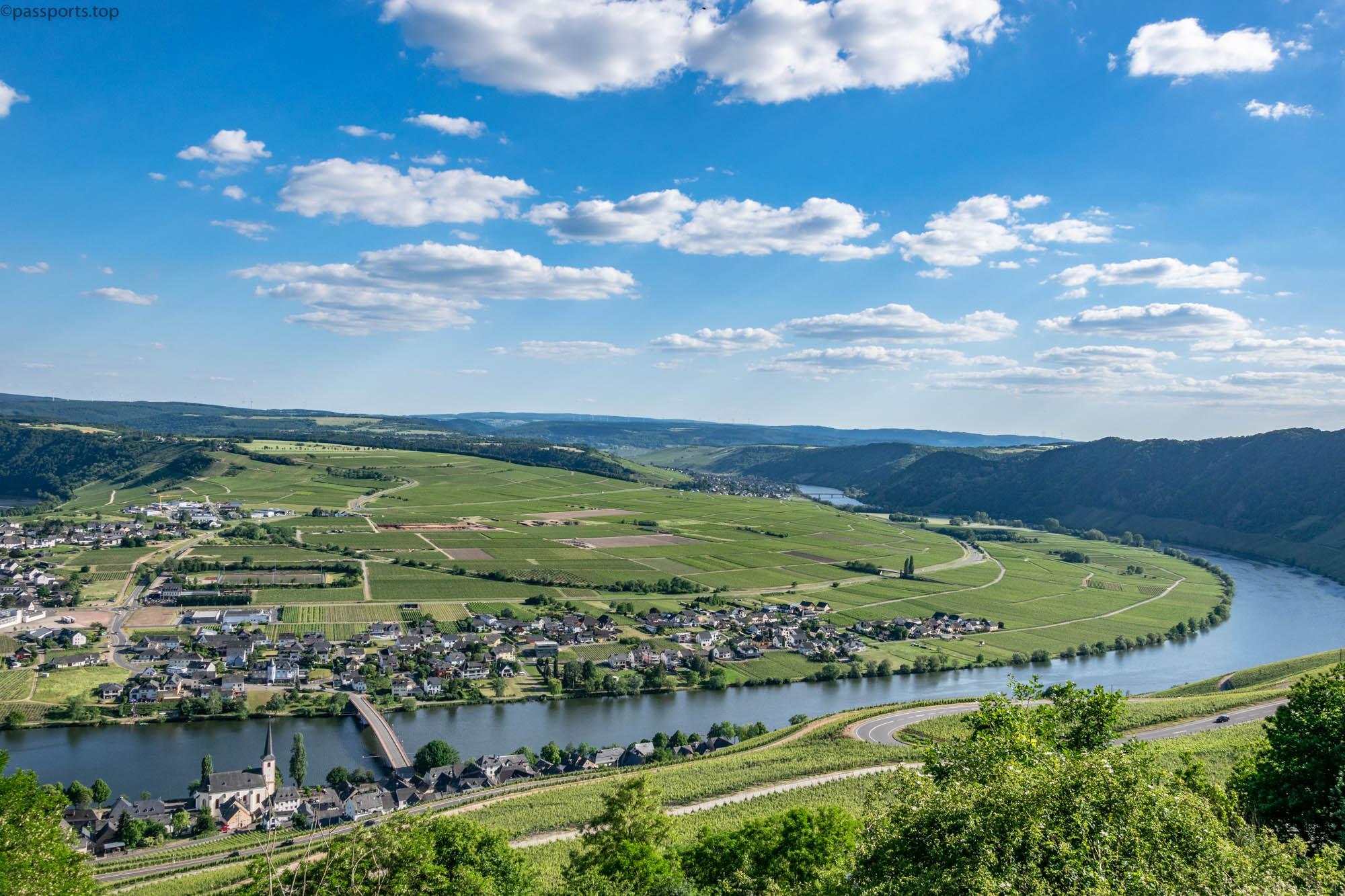
First let me tell you a little about the Mosel – a river that flows for a distance of 545 kilometers; has its source in the Vosges Mountains in France, crosses Luxembourg and flows into the Rhine at Koblenz in Germany; it crosses the German territory for a distance of 208 kilometers, and the small towns that have developed on its banks, the cultural treasures of the Middle Ages, the vineyards on the steep walls of the hills through which the river sneaks and the world-renowned wines attract year after year thousands of tourists.
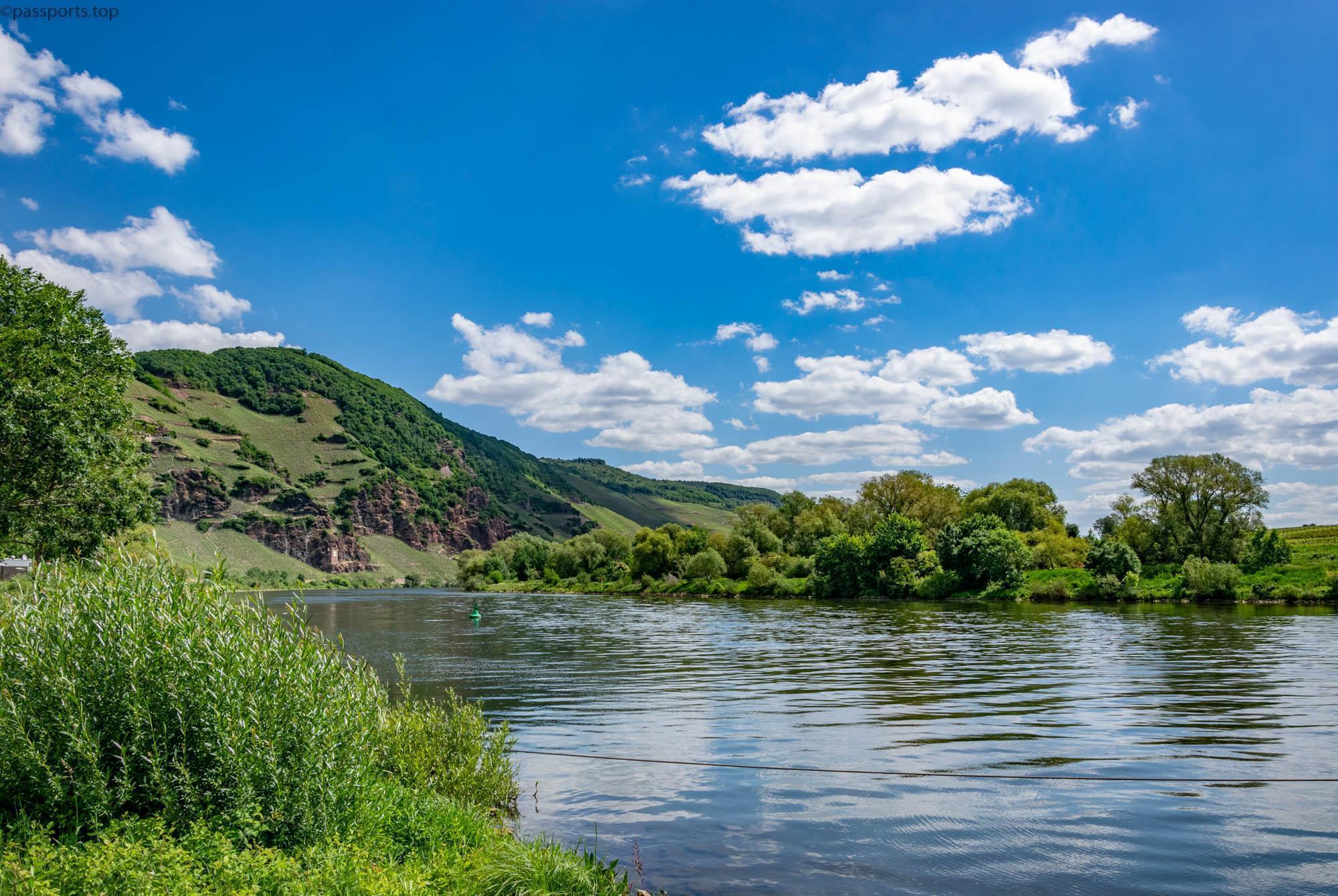
We rented an apartment at a holiday home in Bad Bertrich (somewhere between Koblenz and Trier), where we were greeted with a bottle of Riesling wine (a white wine specific to the area, which, in terms of importance for quality wines, is usually included in the top three types of white wine along with Chardonnay and Sauvignon blanc).
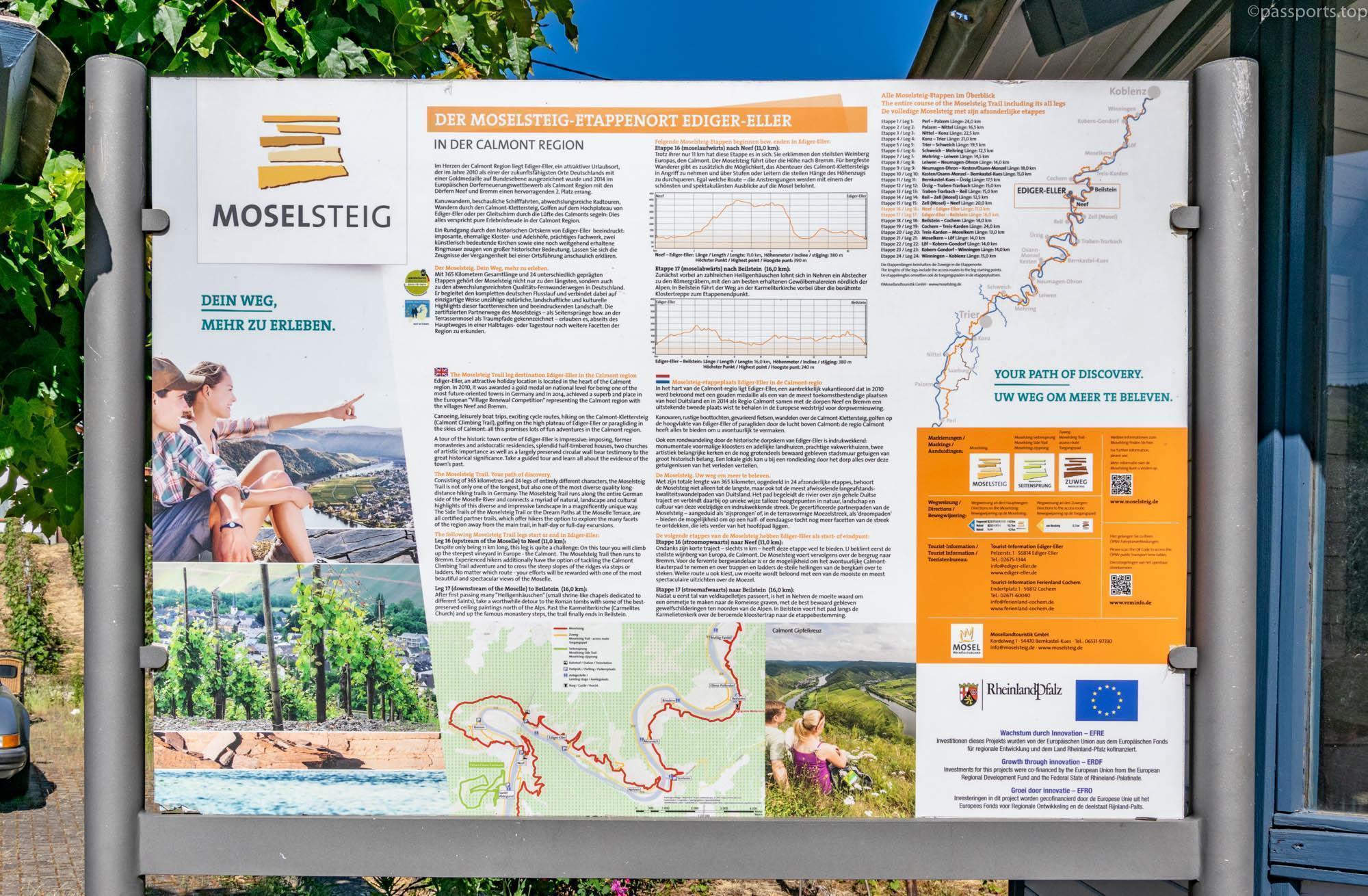
If you are a hiking lover, there are different routes to follow, such as the Moselsteig, the Geierlayschleife or the Traumpfade Im Rhein-Mosel-Eifel-Land. On their websites you can find maps, brochures, tips and many interesting details depending on the type of route chosen.
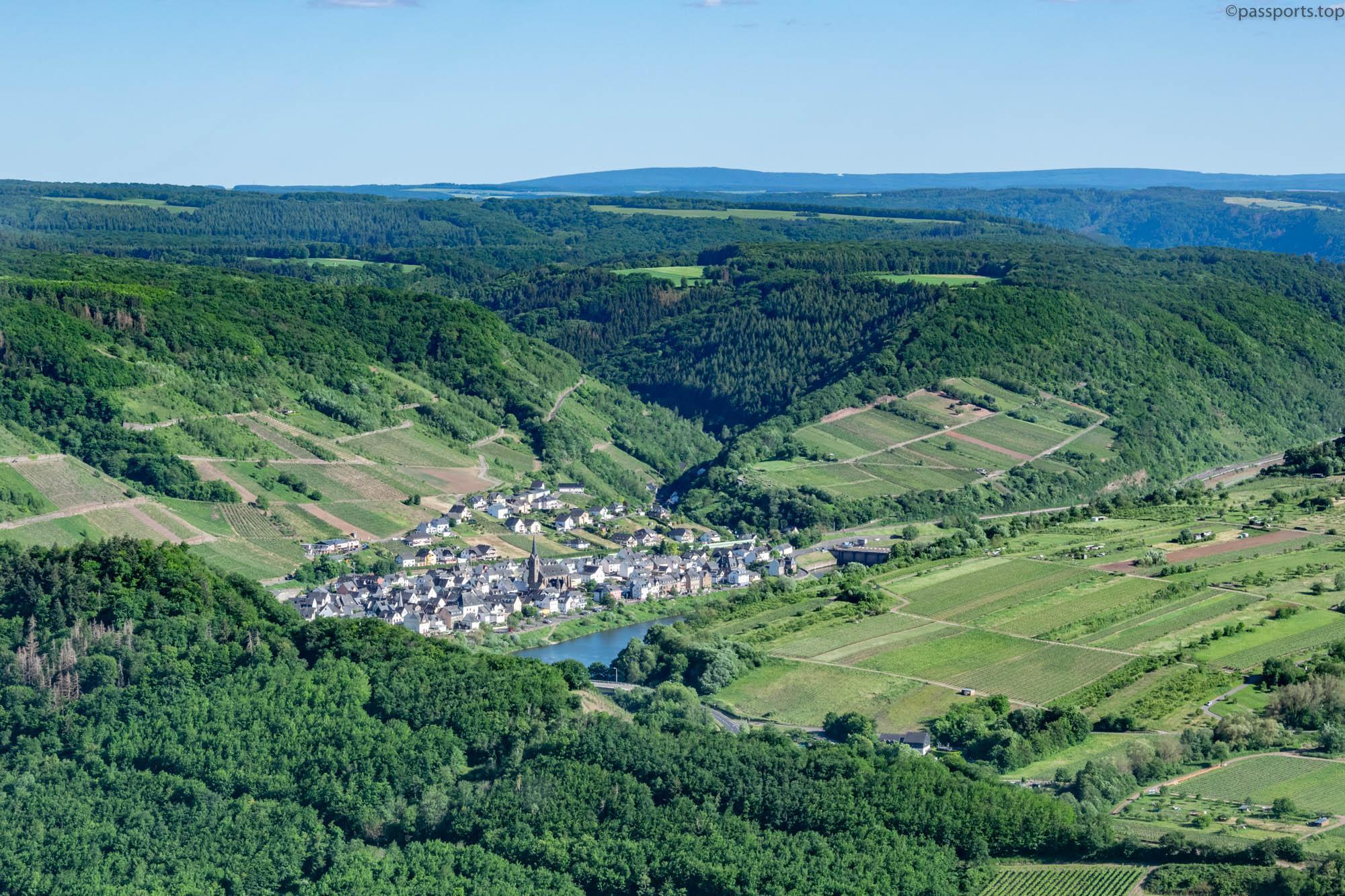
The trails are well marked, you can’t get lost; there are maps and leaflets on the way, car parks in case you are driving or very well laid out camping areas especially for those coming with caravans. In all the villages you can find holiday homes, guesthouses, wineries and restaurants.
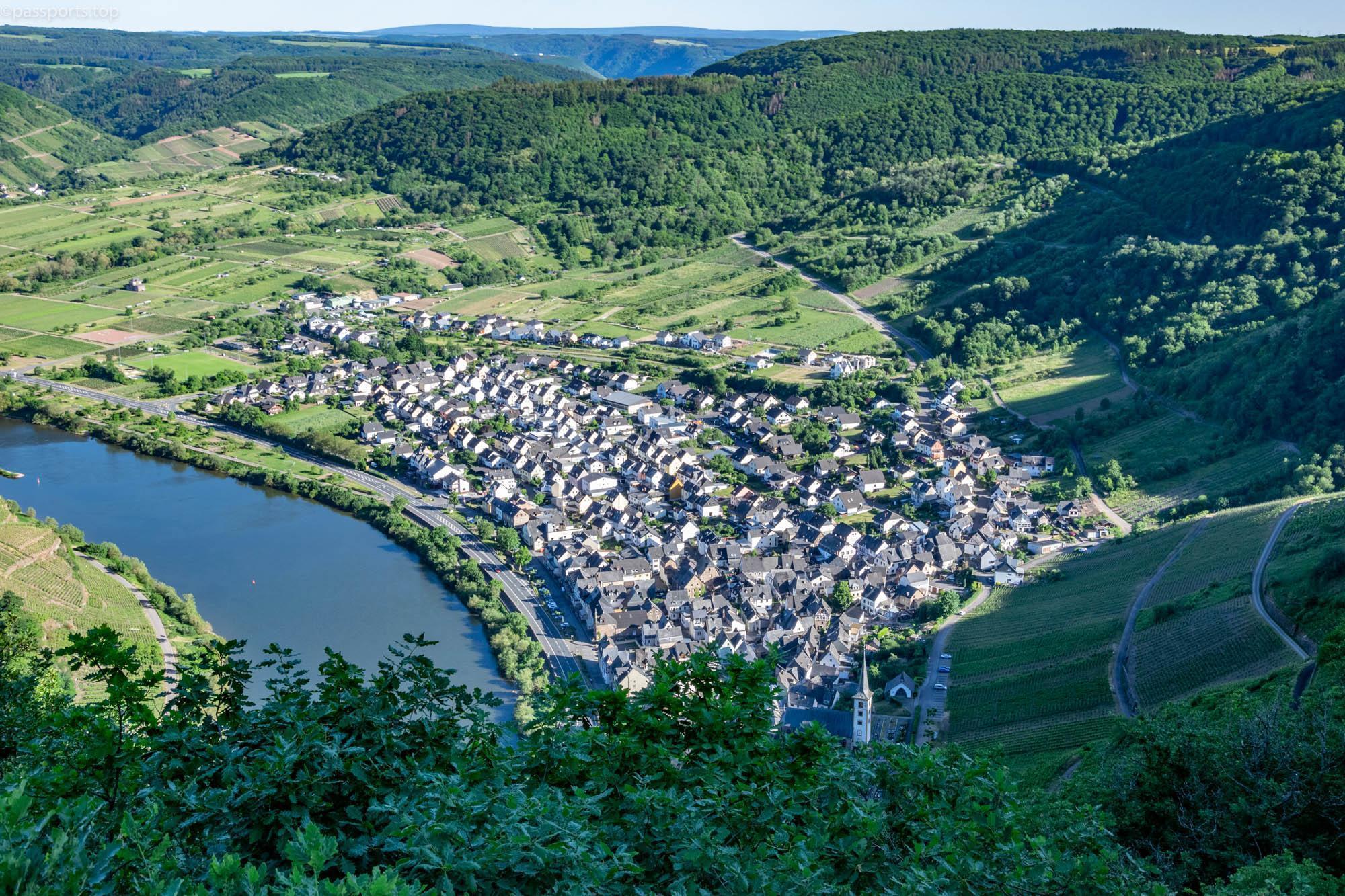
On the first day we went to Bremm, being the closest to the accommodation (20 km). Bremm is a small town with approximately 850 inhabitants and is located at the foot of the steepest vineyard in Europe, in the heart of the hilly Calmont region.
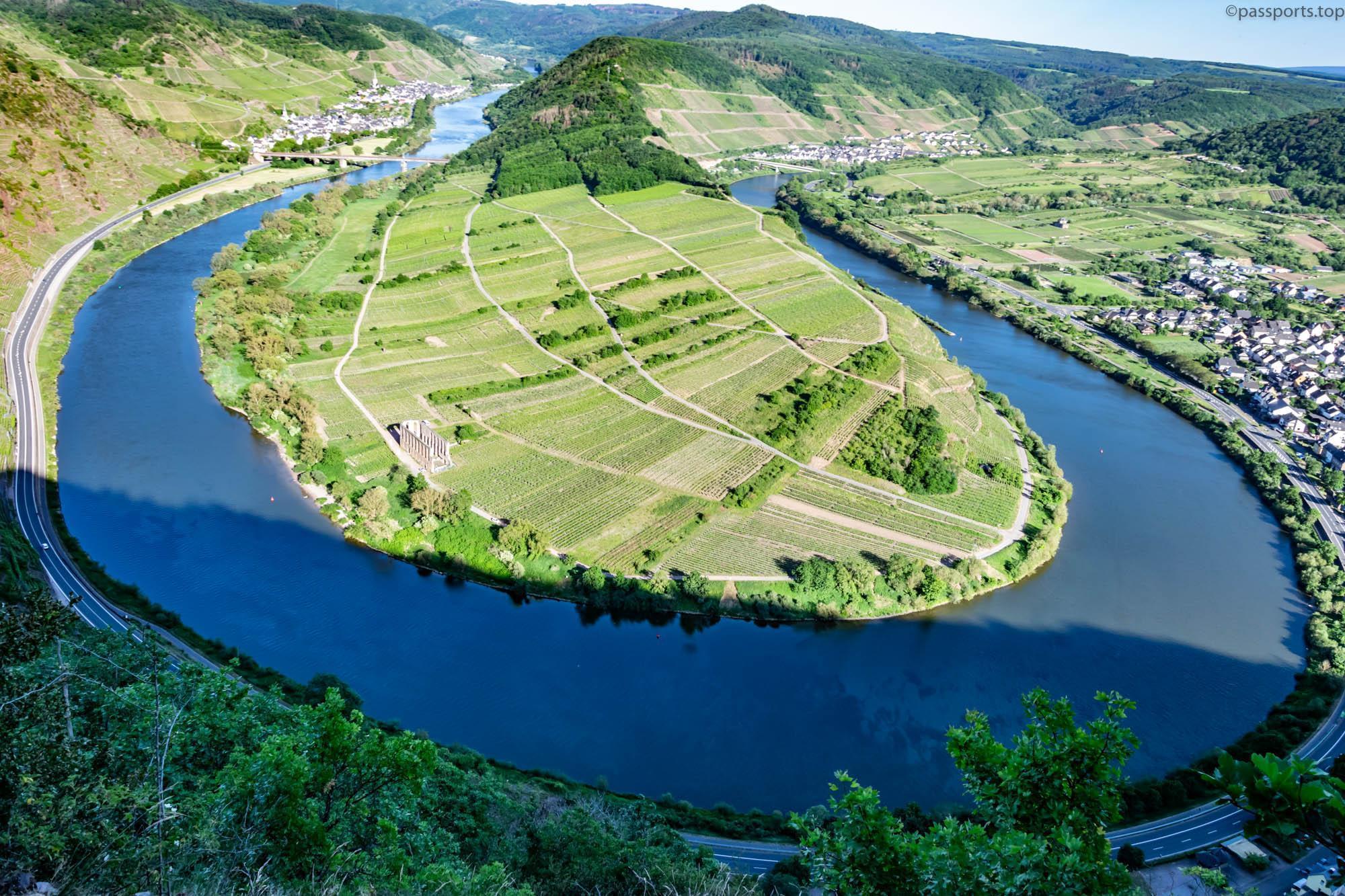
We ventured to the top of the Calmont hill (on the Calmont Klettersteig trail), at a height of 378 meters, to see one of the most breathtaking views of the wine town and the perfect bend of the Mosel river. Along the route there are several viewpoints (Vier Seen Blick, Gipfelkreuz, Moselschleife Bremm Aussichtspunkt) and relaxation areas with benches.
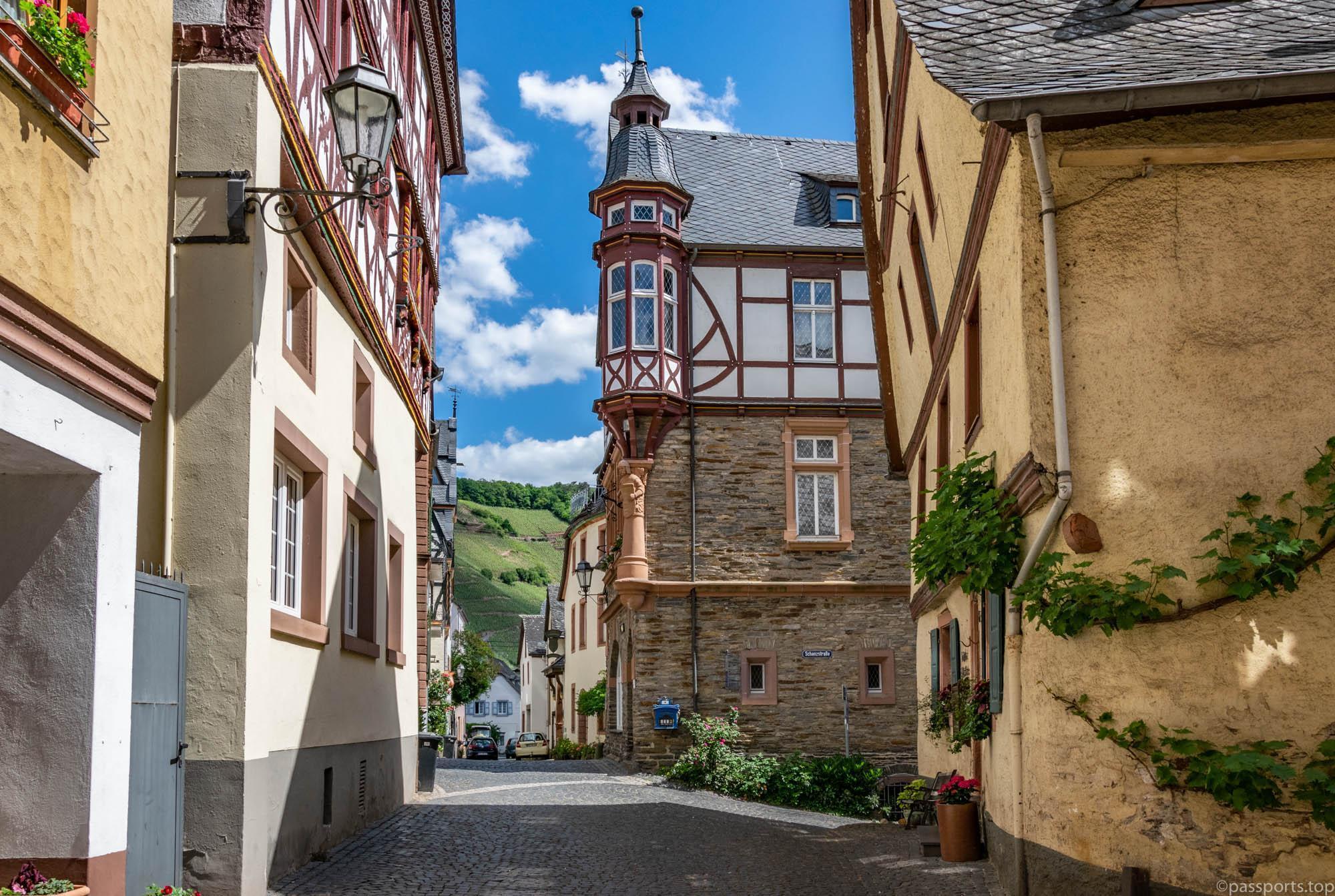
The next day we stopped a little on the banks of the Mosel, in Ürzig an der Mosel – a picturesque town surrounded by forests and vineyards.
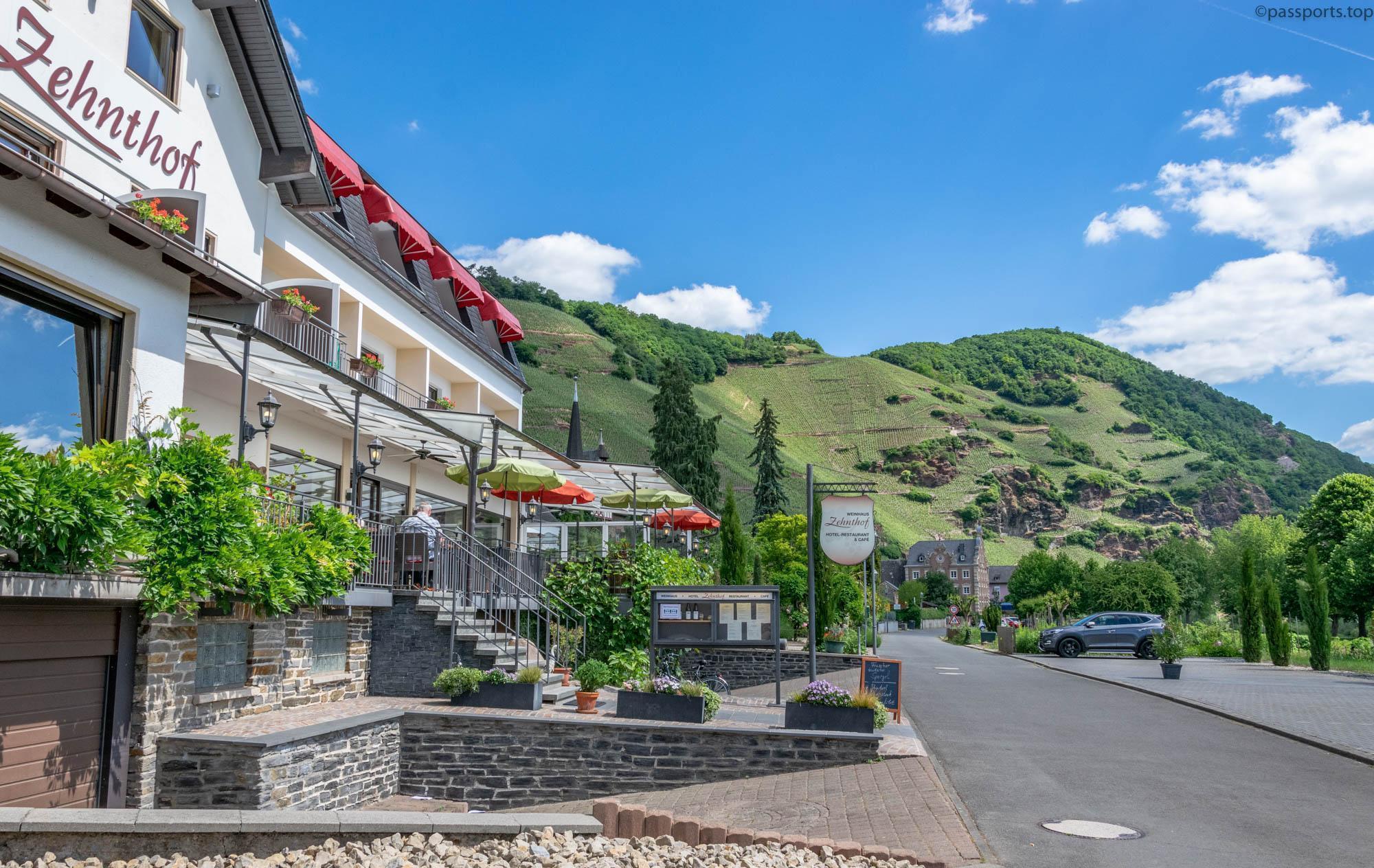
We walked along the main boulevard and through the narrow medieval streets with wineries and places to taste the local wine, and then headed to Bernkastel-Kues where we would spend most of the rest of the day.
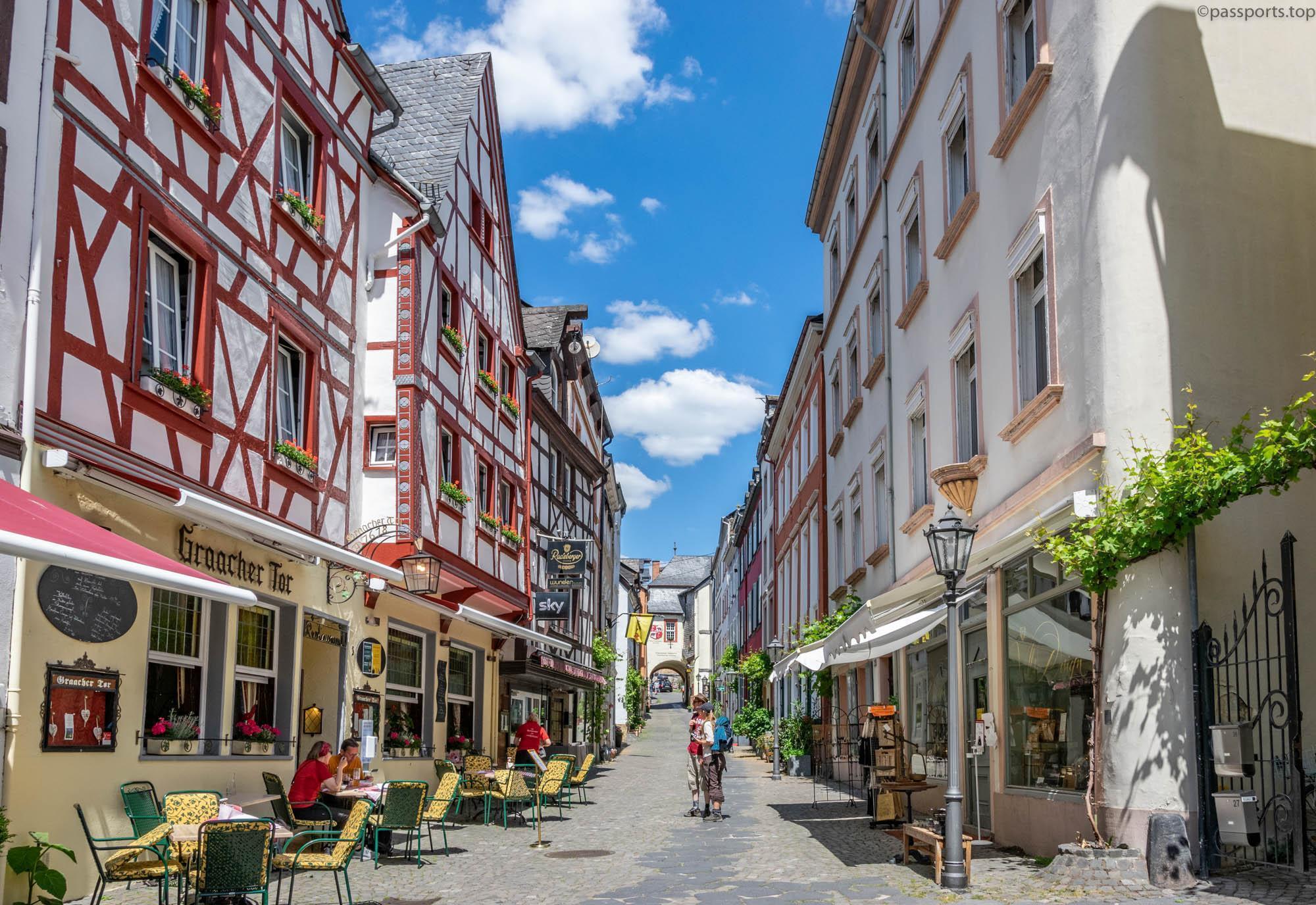
Bernkastel-Kues is often called the heart of the Middle Mosel and is thus considered the most popular town in the area.

The old town with its many charming half-timbered houses, the old town hall, wineries and attractions such as the ruins of Landshut Castle attract tourists from all over the world.
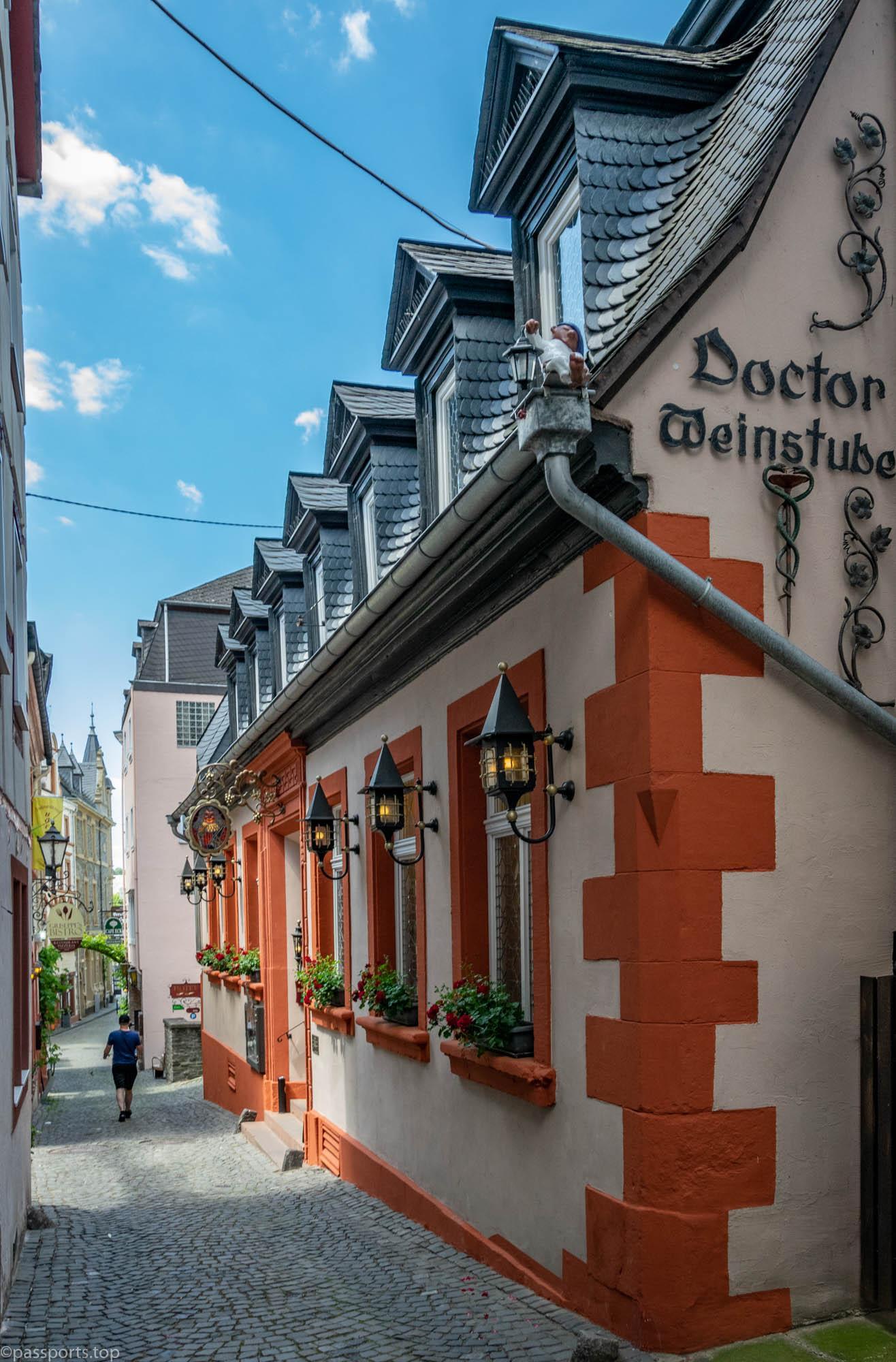
The city is famous for its vineyards, which are among the oldest in Germany. The most famous and most expensive vineyard is undoubtedly “Bernkasteler Doctor” – where one of the best and noblest Riesling wines is made.
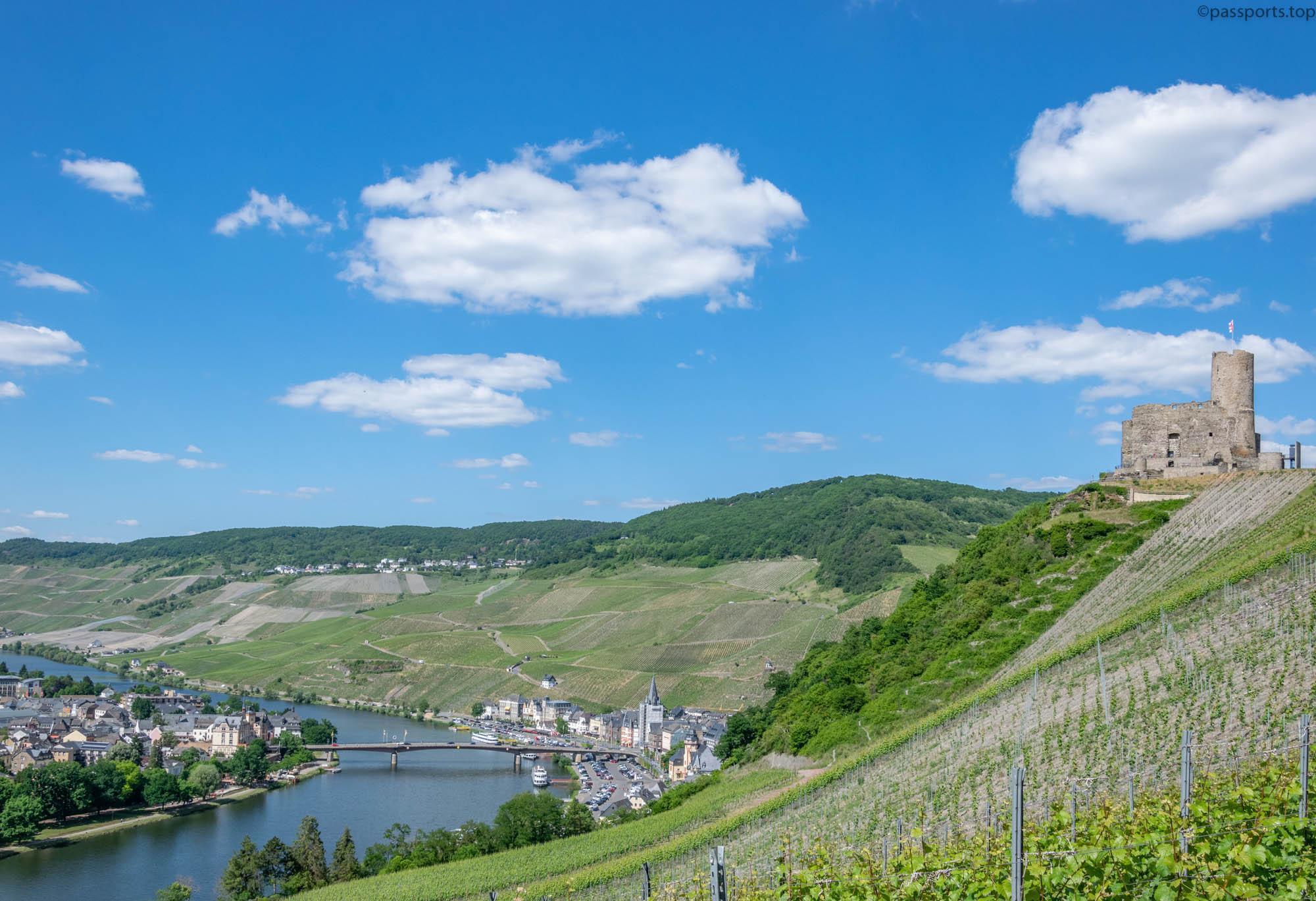
You can enjoy a beautiful view of the city and vineyards from the ruins of Landshut Castle – one of the oldest buildings in the Mosel valley. In 2012, during routine work on the castle’s external fortifications, remains of a Roman fortification were discovered.
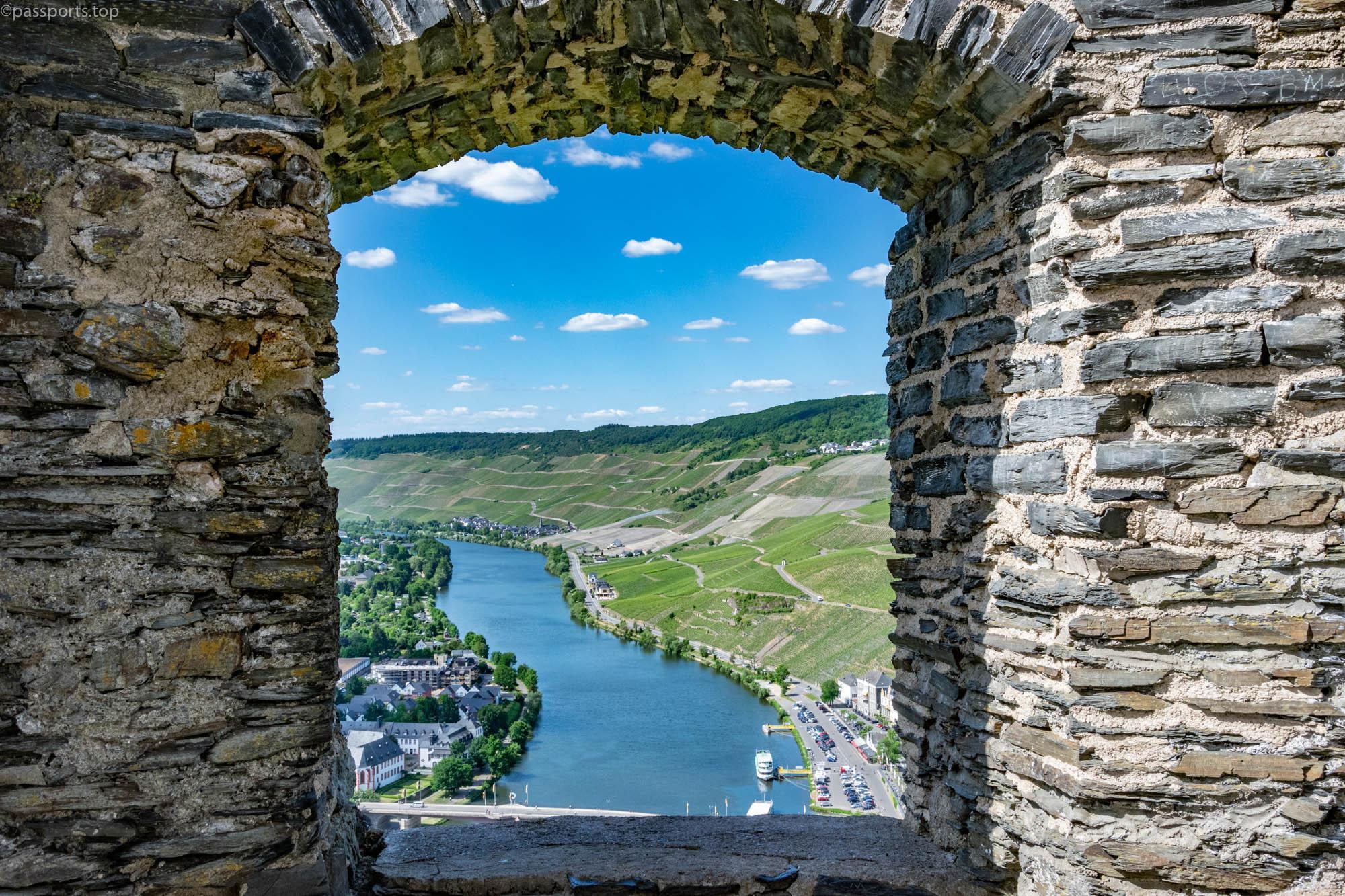
Archaeologists date these remains to the late 4th and early 5th centuries. The castle can be reached either on foot or by the tourist train (Burg Landshut Express), which you take from the Moselparkplatz parking lot (€7/person/return).
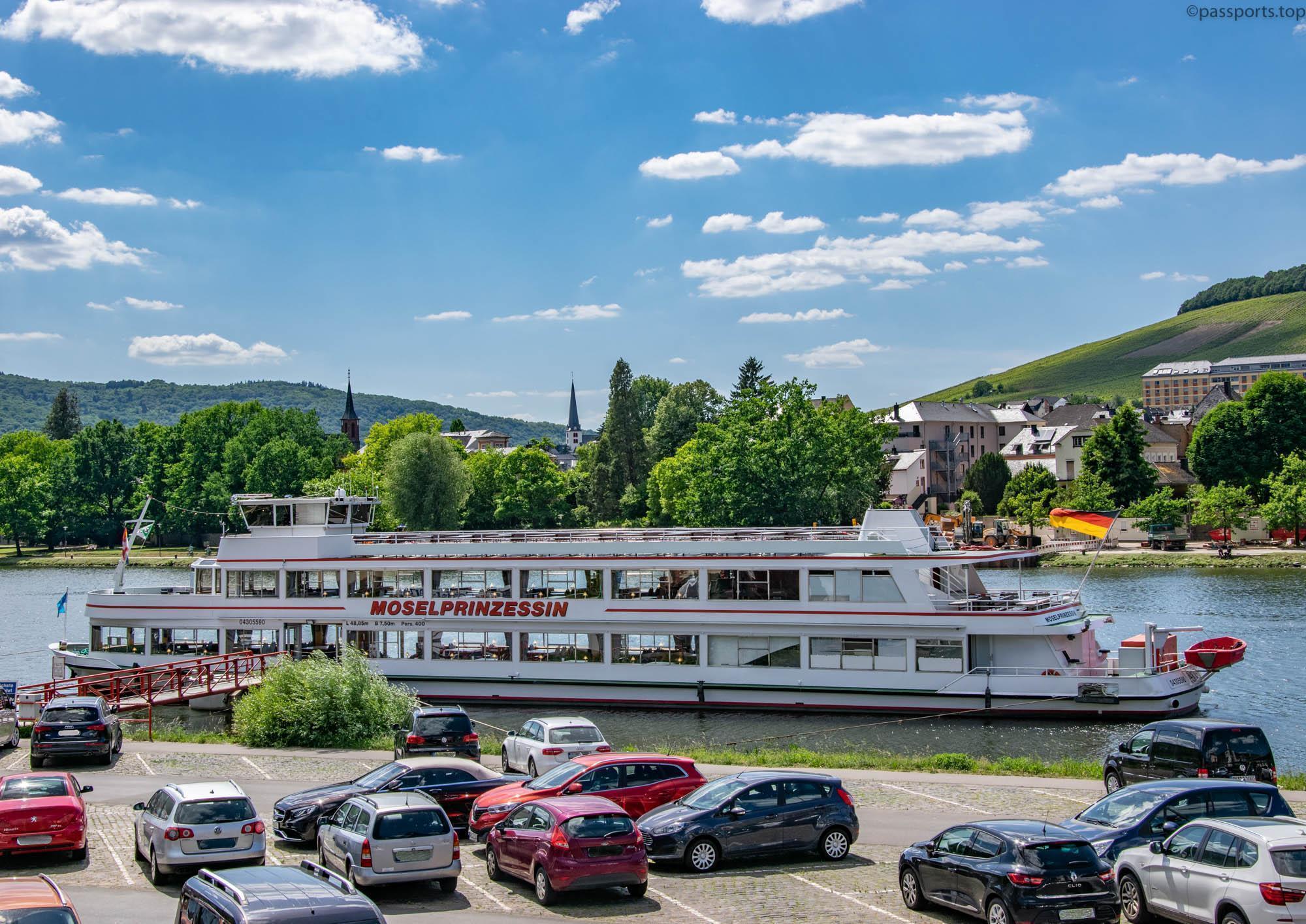
Cruises and excursions on the Mosel also start from the Moselparkplatz. We chose a one-hour tour with the Mosel Prinzessin (price: €11/person).
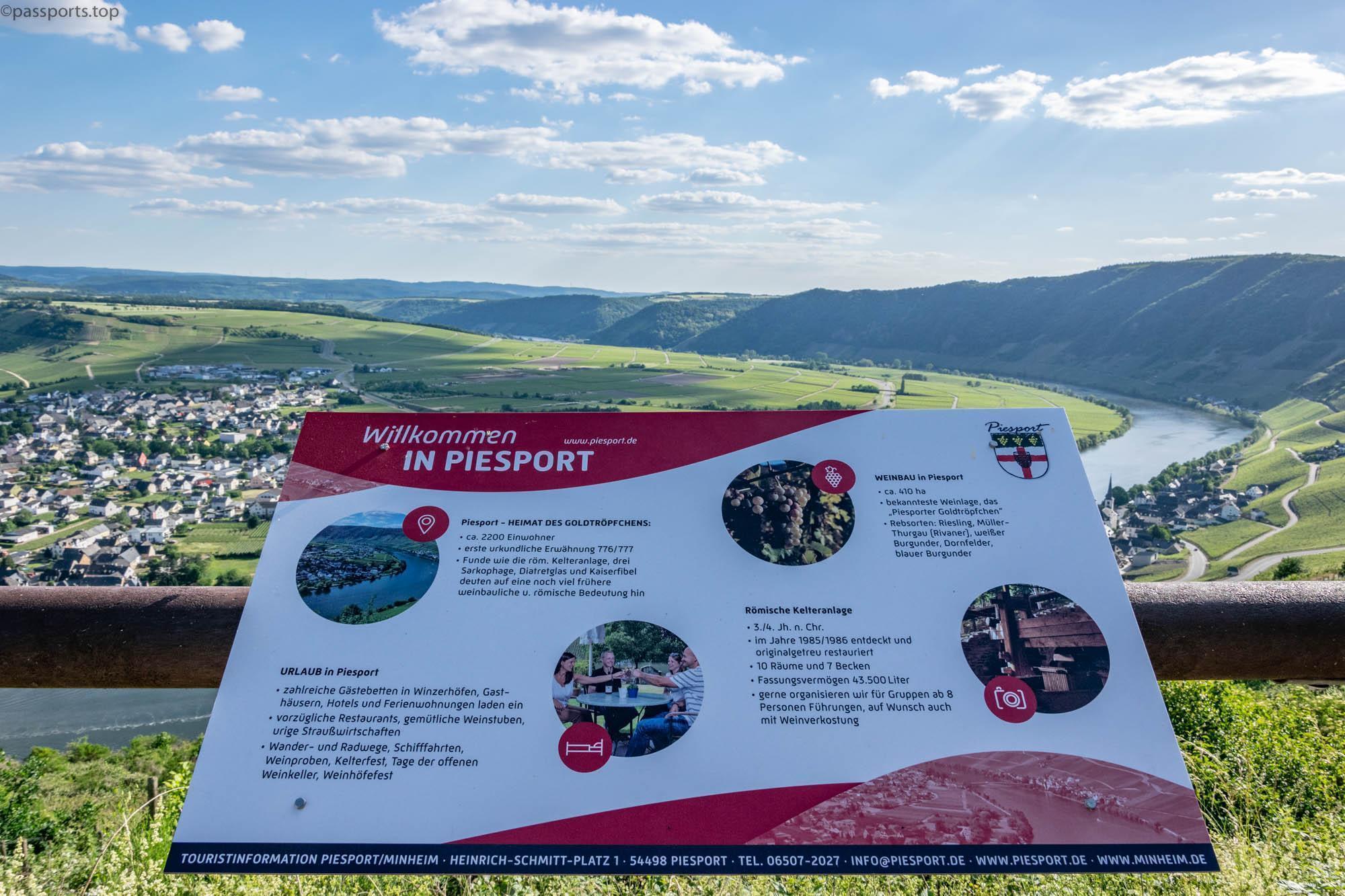
From Bernkastel-Kues we set off for Piesport – the largest wine-growing village on the banks of the Moselle, with a tradition of growing vines for over 2000 years, proven by Roman presses from the 2nd and 4th centuries. Every year, in mid-October, the “Festival of the Romanian Press” takes place, which attracts many visitors.
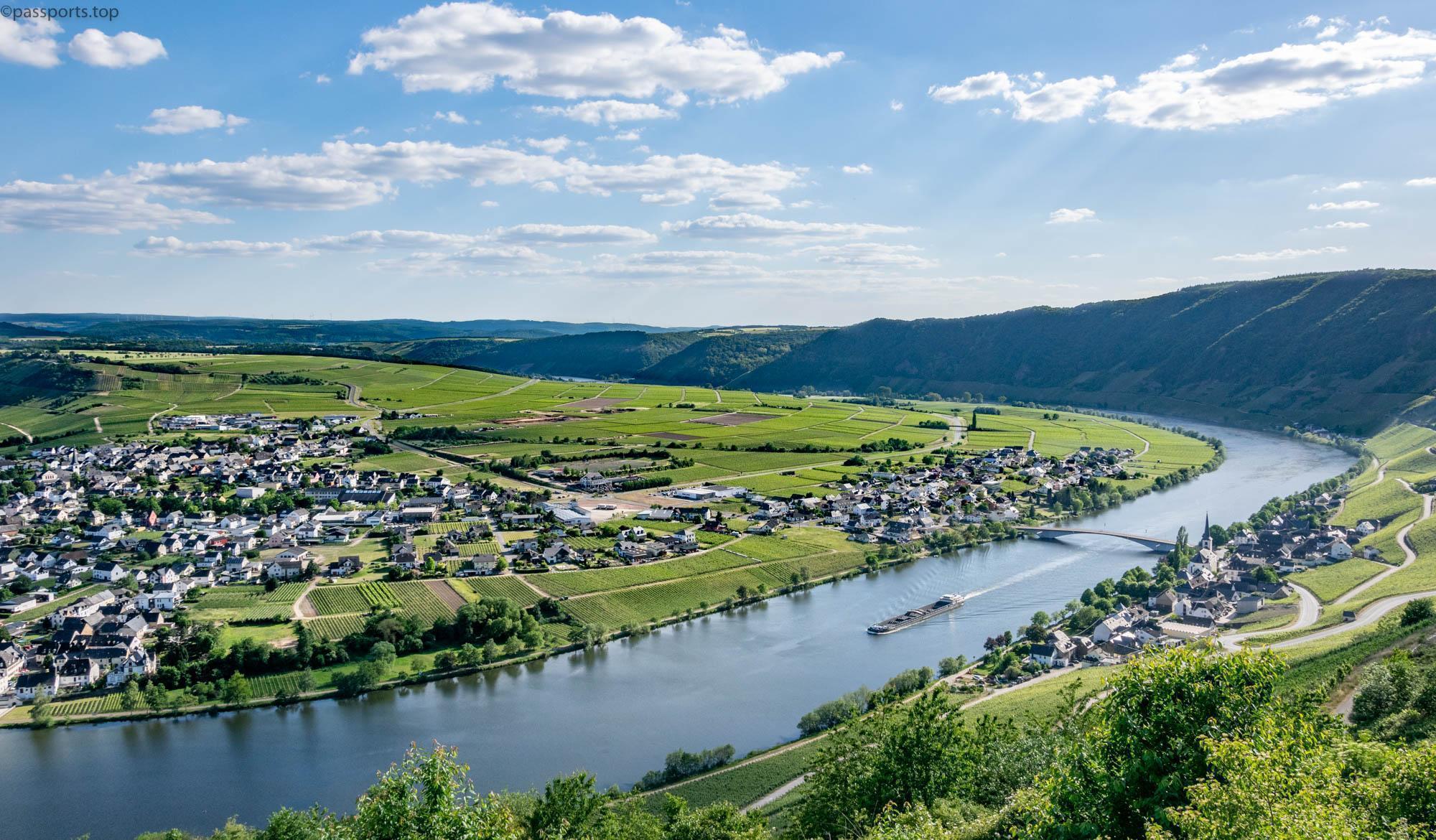
For a superb panorama, climb the L50 through the vines to Panoramablick Piesport, where you can see how the Moselle divides the vineyards from the village of Piesport.
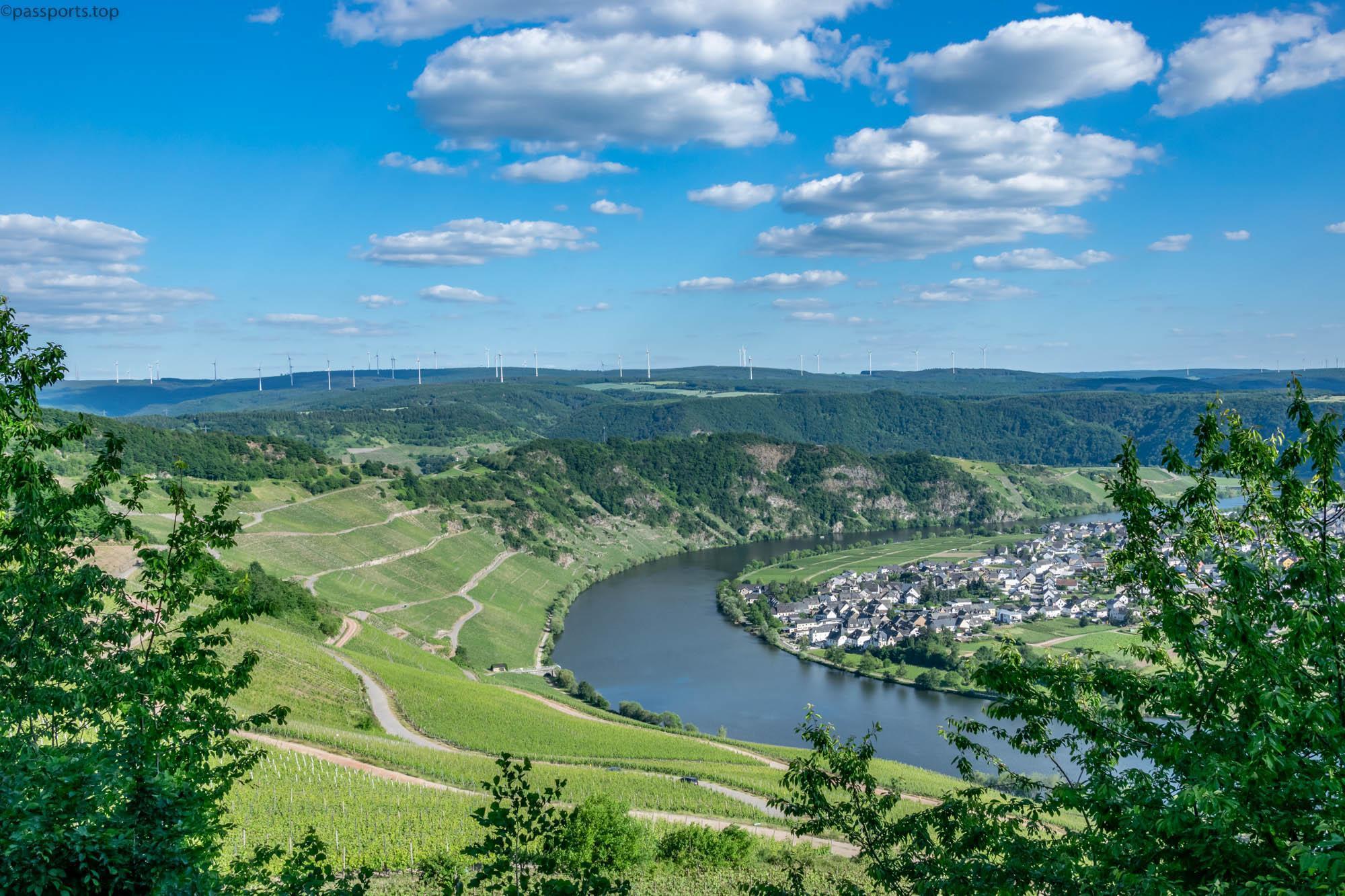
Every year, the locals pick the grapes from the steep slopes and carry them from one bank to the other in boats, then take them to the cellars to make the wine.
You can read the second part here.
(Mosel – August 2020)

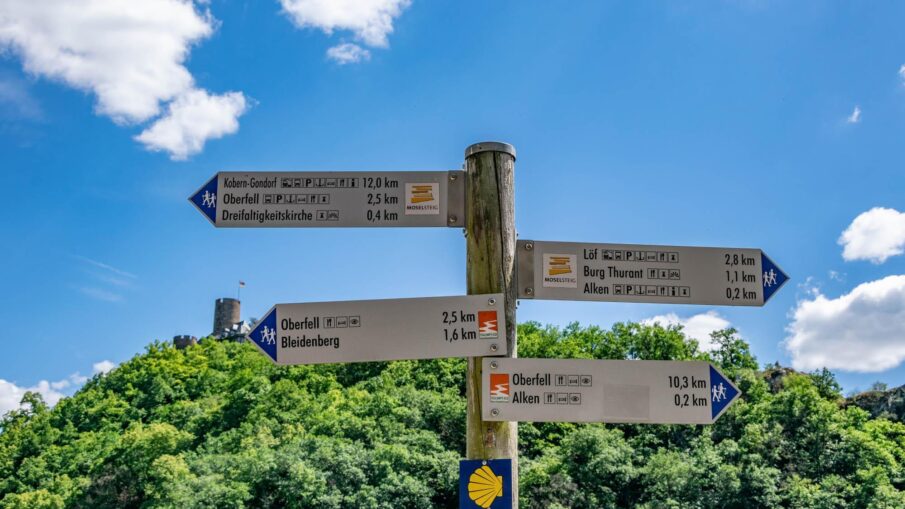
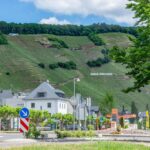

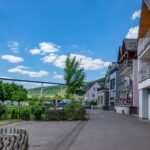
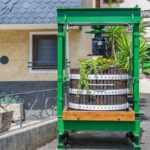
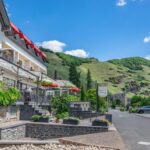
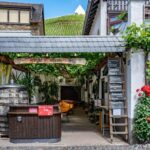
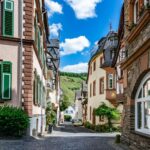
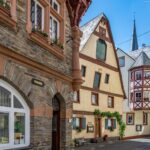
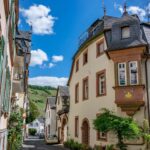
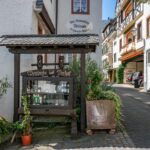
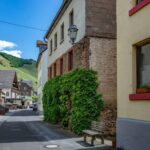
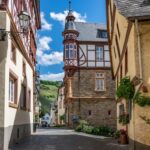
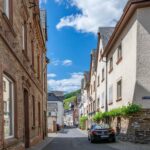


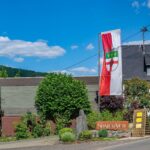
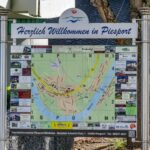


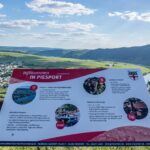


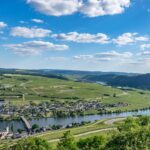

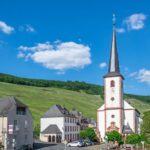
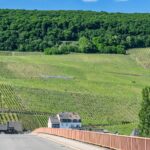
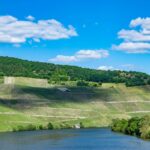
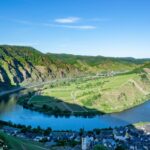
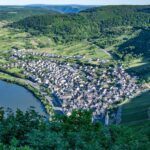
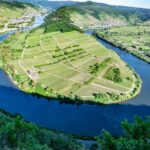
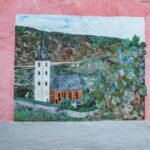
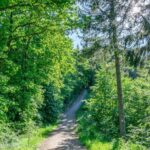
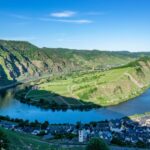
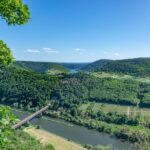
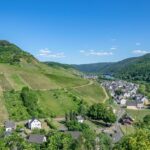


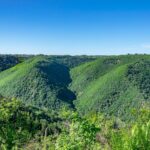
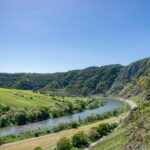
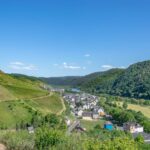

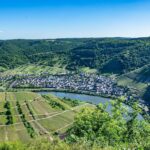
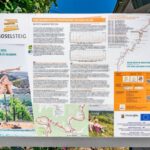
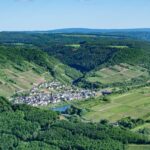
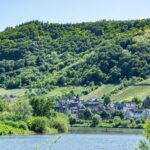
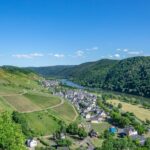
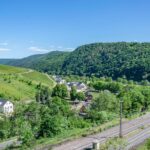
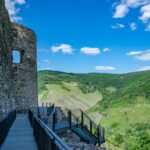
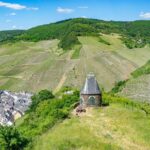

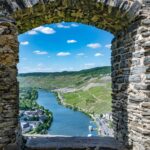

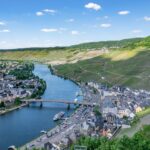
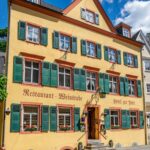
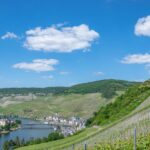

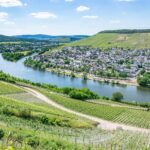



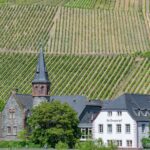
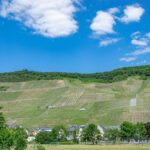
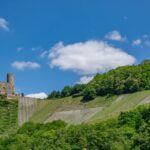
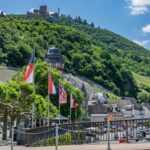
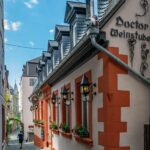
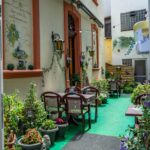

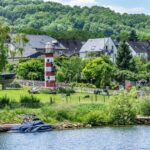
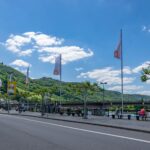
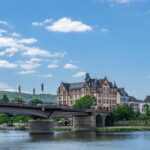


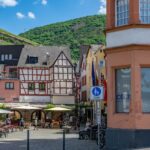
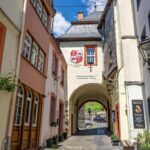
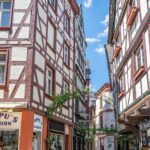
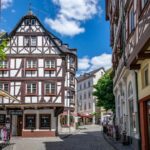
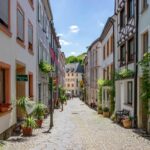
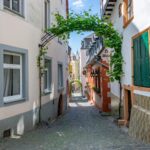
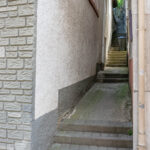
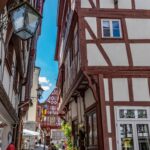
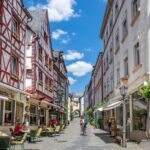
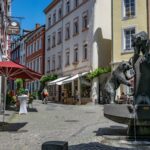
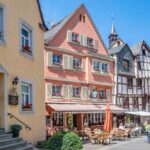
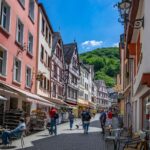
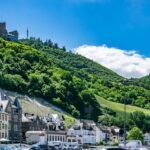

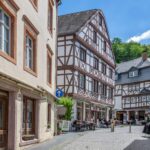
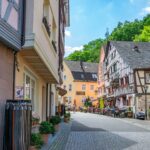

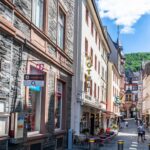
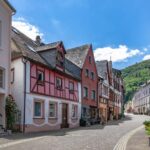
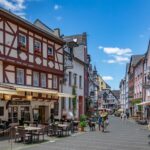
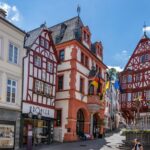
Leave a Reply